Have you ever encountered such an incomprehensible term as vaccinating fat and want to know what the procedure is? There is nothing easier than getting an answer to this question. This is breast augmentation with fat. That is, the lipofilling of the bust is known to most women. It is about this procedure: its pros and cons, which we are discussing today.
Fat implantation under a microscope
The method is based on "catching two birds in one fell swoop":
- Removal of adipose tissue from problem areas of the body.
- Their transplantation into the mammary glands.
This gives you a lush bust and a slim hip, leg or toned belly. The necessary fat is extracted from these places. Surgeons advise the method of liposuction. Body shaping has been practiced by removing or introducing your own fat deposits for over a century. Modern technologies make it as safe as possible for patients.
The main condition for a positive result of the procedure is that the adipose tissue remains viable during their transplantation. "Dead fat" doesn't just improve its shape by dissolving it. But it can also provoke connective tissue growth at the site of transplantation (fibrosis).
And this process significantly complicates hardware methods for studying the condition of the mammary glands and can cause overdiagnosis of neoplasm growth in this area. That is, the issue of proper liposuction and proper transplantation is by no means far-reaching. In order for the procedure to be successful, it must be performed under special conditions, under sterile conditions.
In all stages of its implementation, contact of the adipose tissue with oxygen is not permitted in order to avoid oxidation of the latter.
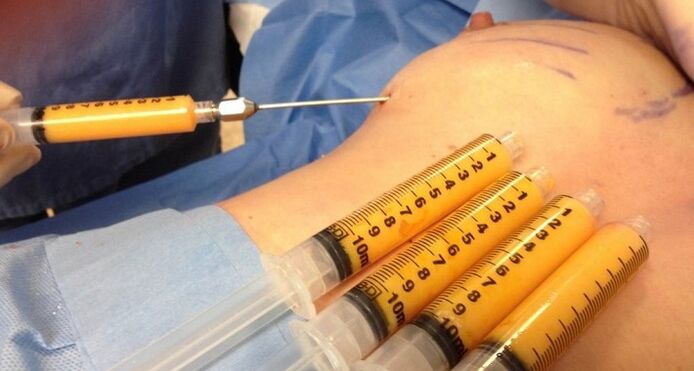
Advantages of the procedure
Lipofilling is an operation, although mini. It can be performed under local or general anesthesia. The former is advantageous in the cardiovascular system of the patient. Its main advantages are:
- minimal invasiveness / trauma (compared to endoprosthetics);
- high survival rate of "donor" tissues;
- the risk of allergy is minimal (compared to the introduction of fillers, even based on hyaluron). You may be allergic to anesthetic drugs;
- lack of visually recognizable scars, even thin scars;
- the ability to "order" the shape of the breast, repeat the procedure after a few months, if necessary, to increase the bust by more than 1 size, reshape her breast if necessary;
- restore asymmetry in the congenital / acquired defect of the shapes;
- the use of own fat is permitted even if other methods are contraindicated;
- correction of breast shape after implant removal, mammary gland surgeries. Such an option is often used by elderly patients and young women when it is impossible to replace / fit an endoprosthesis (e. g. , allergy to the substance);
- relatively short rehabilitation period;
- the complete naturalness of the forms of the mammary glands after manipulation and the natural feelings of touch;
- an additional bonus of the procedure is tissue rejuvenation at the site of fatty substance injection.
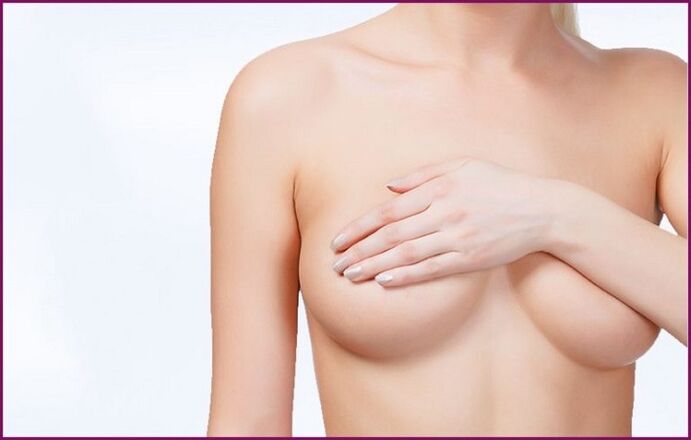
Proponents of the method ensure that greasing provides long-term, almost lifelong results. Opponents say a second trial will be needed in no more than 2 years. The truth is that every organization is unique. With good tissue transplantation, the result can last for 5-10 years. Provided you will not gain weight and lose weight or get pregnant.
Correction is likely to be needed after pregnancy. But there are also cases where in some patients the adipose tissue actually injected has been absorbed in 1. 5 to 2 years. And the volumes have returned to the former unsatisfactory.
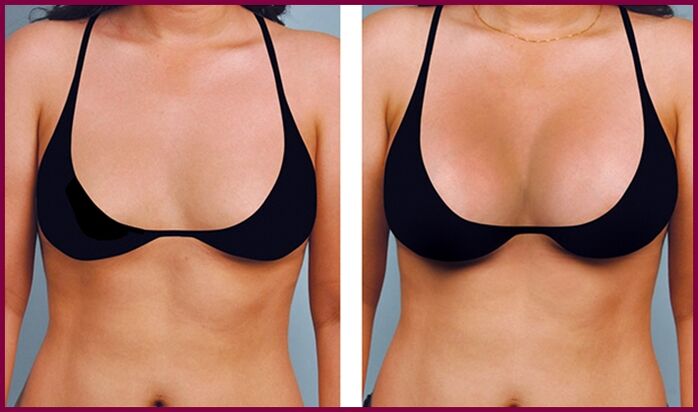
Before deciding on or leaving the procedure, evaluate the results of breast augmentation with the fat shown in the photo.
Limitations of lipofilling
There are several limitations and disadvantages to breast augmentation with fat:
- the ability to increase the volume by only 0. 5-1-1 per process (pumping about 150-200 ml of fat);
- the risk of absorption of injected fat after 0. 5-2 years;
- difficulty of surgery in very slender women (lack of material);
- presence of contraindications (absolute and relative);
- the possibility of some of the fatty material dying during introduction and the formation of fibrosis foci in this zone, which reduces the reliability of the hardware methods for breast examination;
- a little preparation is needed before lipofilling (quitting smoking, drinking alcohol, taking medications that affect blood clotting).
A further disadvantage of the process is the relatively high cost. If repeated fat injection is required, it may be more expensive than an endoprosthetic.
Indications for use
The delivery of subcutaneous fat from other parts of the body to the breast is visible:
- the lack of tissue needed to implant the prosthesis (covering its edges with existing tissue);
- a woman refuses to resort to endoprosthetics;
- the need for a small correction in case of pregnancy, lactation, tissue deterioration in case of tissue deterioration.
Some women practice lipofilling as a trial intervention. They look at what the breast will look like, how much to enlarge before deciding on endoprosthetics.
When is the procedure not recommended?
The absolute contraindications are:
- with severe somatic diseases (heart disease);
- mental disorders;
- endocrine diseases (diabetes);
- with the growth of tumors;
- some systemic diseases;
- blood pathology.
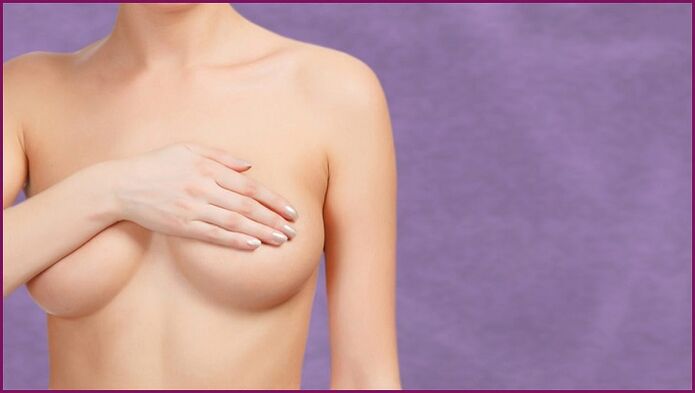
If you want to avoid shaping with your own fat for a while, do the following:
- during menstrual bleeding;
- with chronic pathologies during exacerbation;
- in case of infectious disease (acute period);
- during pregnancy and lactation. You may return to the issue of breast augmentation 12 months after stopping breast-feeding.
After recovery, stable remission, and cessation of menstruation, lipofilling becomes quite affordable for relatively healthy women. You should not enlarge your breasts in this way if you are addicted to cigarettes. Smoking has a very bad effect on the durability of the result of the procedure.
Lipofilling sections
Changing the size of the chest with the help of fat is done in 3 steps:
- sampling of the material (liposuction);
- clean it from dirt (such as blood);
- actually lipofilling or "pumping" the breast with subcutaneous fat, removed using vacuum suction from problem areas.
A few hours after the procedure, the patient can go home safely.
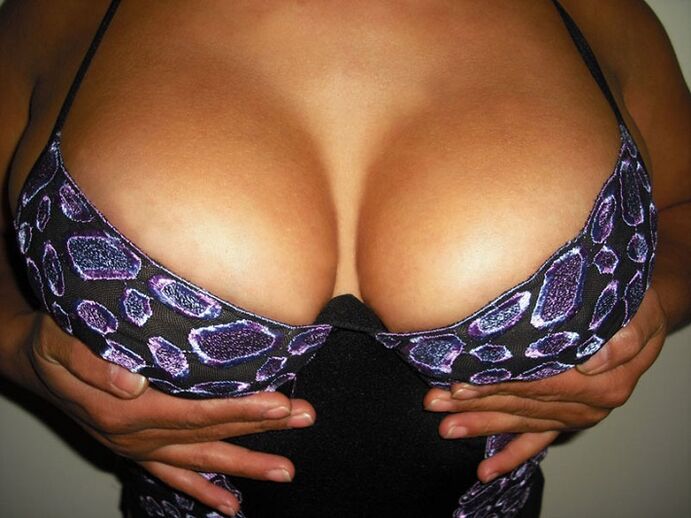
Rehabilitation
The rehabilitation period includes:
- wearing special underwear and then a bra with wide straps to prevent mastoptosis (the tissues must "get used" to the new weight and volume of the breast);
- restriction of physical activity;
- avoidance of heat;
- refusal to manually affect the chest area for 1-2 months after the procedure.
After loading the fat, you may first feel discomfort in the breast area, the breast may swell slightly, and hematomas may form in the puncture area. These phenomena are considered normal. They surrender pretty quickly. The primary rehabilitation period ends in 2-4 weeks.

Until the puncture sites are healed, they are treated with a local disinfectant as directed by your doctor. After six months, the result of lipofilling can be fully assessed.


























